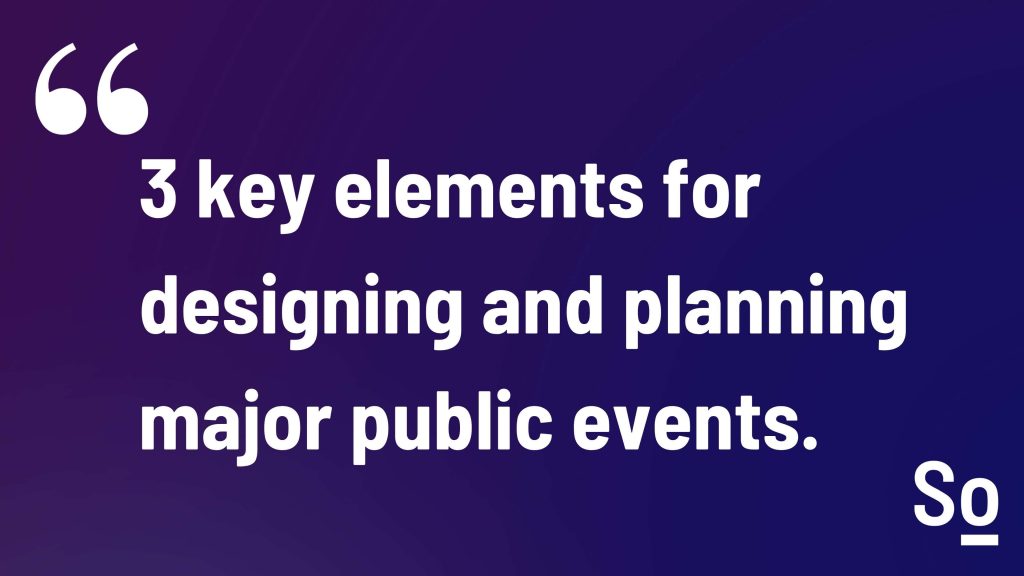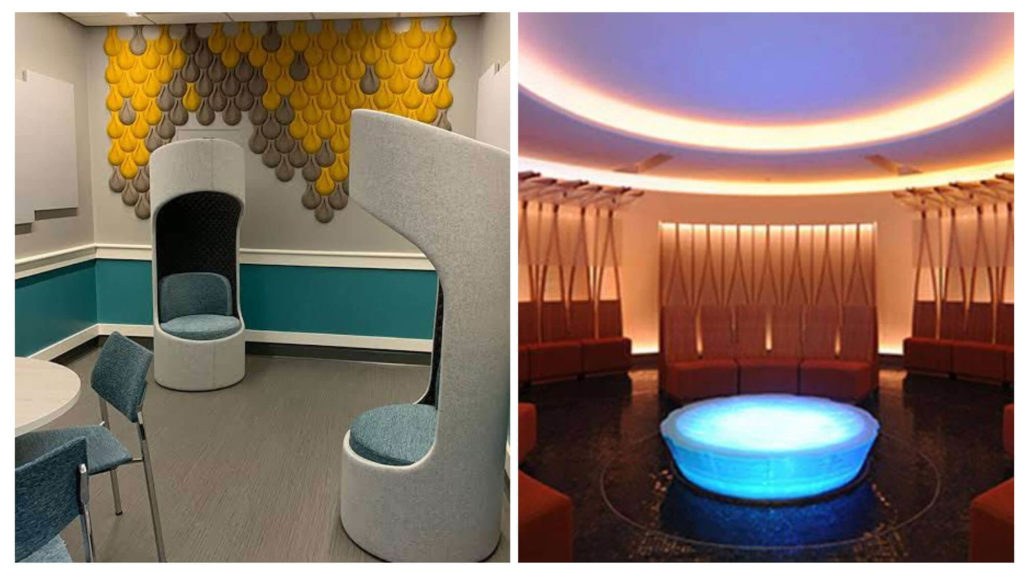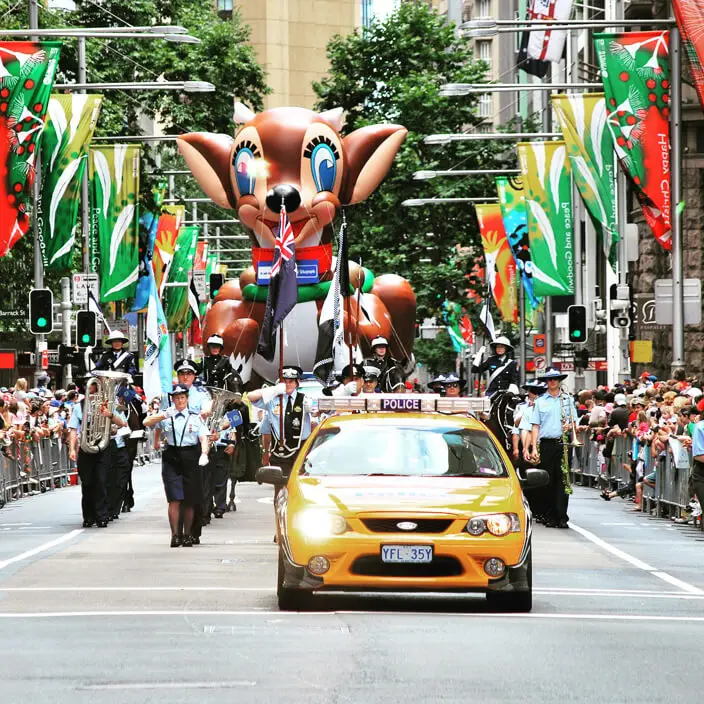With almost 30 years of experience in public event planning, we’ve seen a lot. We’ve worked on some huge public events, such as; Sydney Gay and Lesbian Mardi Gras, Gold Coast 2018 Commonwealth Games and Sydney New Years Eve, for state governments, local councils, sponsors and key stakeholders. Today, we’re looking at some of the key elements that are crucial to consider for public event planning and design.

#1 INCLUSION AND ACCESSIBILITY
The inclusion of all communities and peoples has always been a core value of SoldOut Events and we’re proud that we got a chance to showcase this as part of the pre-parade activities at the Sydney Gay and Lesbian Mardi Gras.
We were engaged to support the designing and building of quiet rooms and sensory spaces at the Sydney Gay and Lesbian Mardi Gras, so all attendees could be included and supported during the event and to make the event safe and comfortable, and therefore as joyous as possible for all.
When considering inclusivity and accessibility, we know there’s a range of aspects to consider such as mobility, audio, sensory and visual, to language and neurodiversity, so we have engaged with various experts and organisations to develop and implement appropriate solutions and considerations for all attendees.
SoldOut Events has been part of pioneering the way, when considering inclusivity and accessibility in major large-scale events and we design events to include an option for safe, quiet rooms and sensory spaces when pitching for large-scale events.
#2 STAKEHOLDER ENGAGEMENT
Effective stakeholder engagement is a critical element to consider when planning major public events. This includes engaging with key stakeholders early in the planning process and listening carefully to all points of view and considerations.
The next step is to consider all feedback and ensure planning and documentation encompases the stakeholders’ requirements through open, collaborative and constructive meetings, allowing all voices to be heard. This is best done through all-agency round-tables, which create accountability and transparency at all times.
We pride ourselves on open communication throughout all projects and make sure we consider individual stakeholder needs and business objectives, and work to bring those various needs and differing objectives towards a common goal and maximising all outcomes. After all, we’re all in it together!

#3 PROJECT MANAGEMENT CAPABILITIES
Effective project management is at the heart of everything we do, and when working with special interest groups or communities, it’s even more important. SoldOut team members and suppliers go through an onboarding and training process to ensure they are familiar with and responsive to the environment and audience of the event, and understand any specific requirements that may be needed.
We ensure all contractors and suppliers are not just qualified and insured, but also share the values and ethics of the client and the community involved in the event. It’s important to us that all stakeholders or suppliers meet the same contractual obligations of SoldOut, and that they can express their commitment to these shared values by signing up to our inclusion principles.
We engage LGBTQI+ businesses, such as Risk Intelligence, for the development and implementation of our internal risk and safety management systems. We also engage First Nations businesses and advisors to ensure we are leading from a First Nation perspective.
So there you have it – three of our top tips for designing and planning a smooth large-scale public event.
With major events opening up again around the world, it’s been an ideal time for us to reflect on what the key elements are when considering planning a successful major event.
We hope these tips are useful for your own event planning and management.
Follow us for more information and best practice ideas!.

